Ukraine needs weapons乌克兰急需武器
Ukraine needs weapons
By: Giorgio Provinciali
Live from Ukraine
Pokrovsk District – Throughout the weekend, the Russian firestorm in the rear was so intense that we ended up in a cemetery ditch. This happened when Russian forces first overwhelmed the positions where we were with the soldiers of the 2nd Mechanized Battalion of the 28th Brigade, and then those where we had moved with the men of the 95th. Seeing several small shelters around ours blow up, we threw ourselves into the long ditch dug to accommodate new coffins in the cemetery of a godforsaken village. Or perhaps not entirely because, among those crosses, we ultimately saved our lives.

The problem of counter-battery fire – and more generally, the chronic shortage of infantry and conventional ammunition plaguing the Ukrainian army – remains the most serious today. Especially in these short autumn days, when fog and the first snowfalls reduce visibility. The Ukrainian Armed Forces’ Communications Department confirmed our information on the ground, providing telling data: since the beginning of 2025, Russia has fired approximately 27,000 artillery strikes per day, compared to Ukraine’s 15,000. Thanks to the massive contribution of partners like North Korea – which supplies Moscow with millions of shells – Russia’s superiority in this area now stands at 80%. And the gap has even narrowed compared to previous phases of the war.
In fact, in the second half of 2022, against 20,000 Russian strikes per day (a significantly higher number here in Donbas), the Ukrainians responded with just 4,000 – 7,000. In the first six months of 2023, the Russians reached 60,000 rounds per day, while the Ukrainians were forced to maintain a dramatically lower volume of fire: as we reported in our dispatches, there were days when Kyiv fired only one shot for every ten explosions on Moscow. By August 2024, the gap had narrowed to 3:1, with a Russian firing 44,000 rounds per day versus the usual 15,000 Ukrainians.
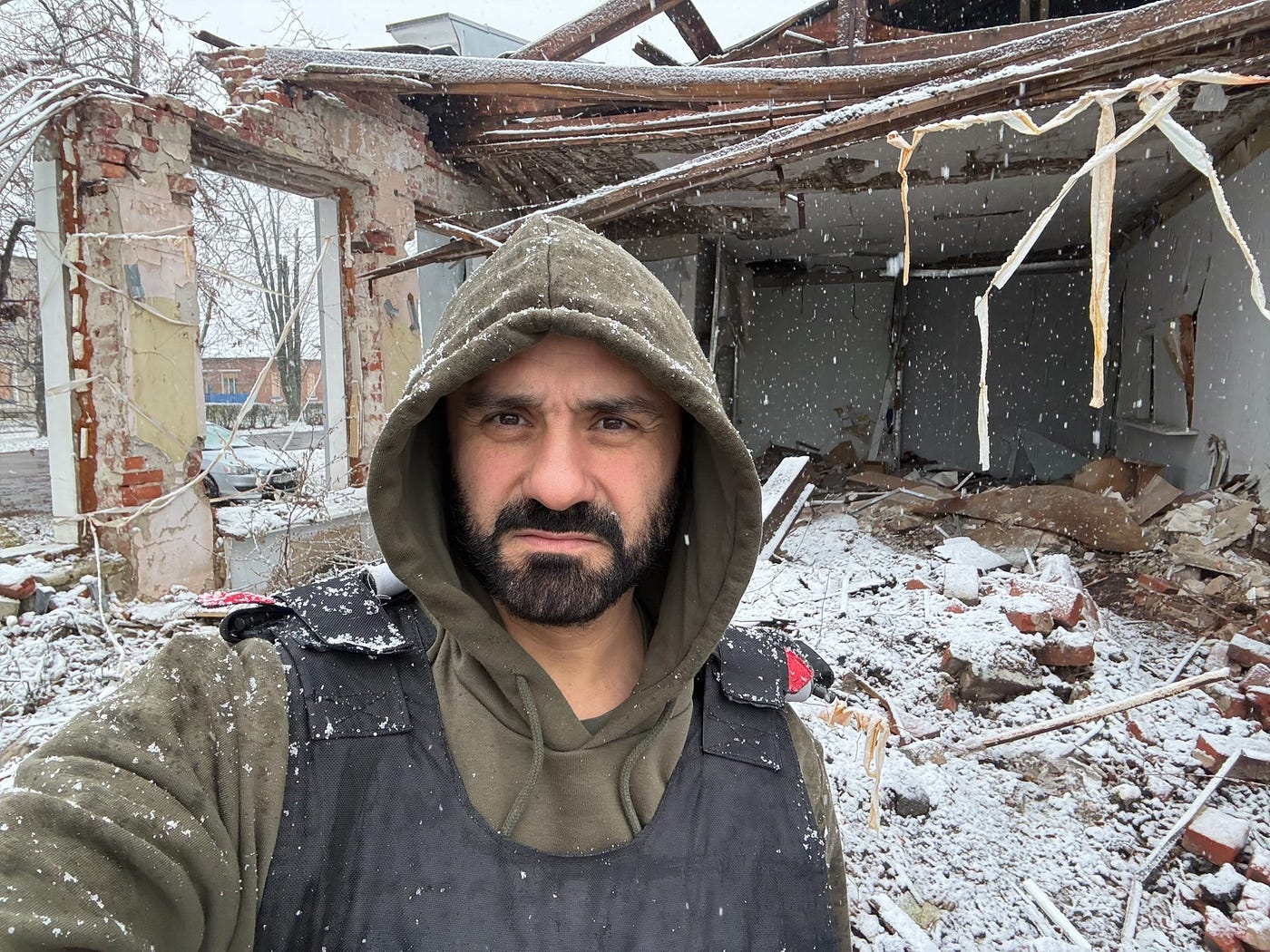
Years of this massacre – during which Ukraine’s partners have failed to respond with supplies comparable to those received from Russia through its own – have left the situation critical.
To make up for the shortage of conventional weapons, Ukraine relies on drones that, despite being technologically and numerically superior to Russian (Chinese) ones, become ineffective at night. Under these conditions, which favor saboteurs and raiders, the Russians have recently managed to move their pontoons and vehicles toward Pavlivka, then advance as far as Uspenivka, and today approach Huliajpole. We corresponded with this newspaper from those very same areas of eastern Zaporizhia at that time, also examining the FPV blackout while moving alongside a Ukrainian convoy.
If we add to the lack of short-range weapons that of medium- and long-range systems, it becomes even more evident how the Western disengagement has impacted the main problem plaguing Ukraine: weapons. The General Staff confirmed that yesterday alone, the Russians carried out 42 air strikes, dropping 101 guided aerial bombs on this neighborhood and its rear areas. Including other raids along the front line, this resulted in 162 breakthroughs attempts.
Since 2022, Russia has dropped 33,000 bombs weighing between 250 and 3,000 kilograms each. According to the Center for Strategic and International Studies (CSIS), Moscow launched over 11,000 ballistic and cruise missiles in the first two years of the war alone. High-explosive drones, on the other hand, are now consistently near half a thousand per night. Ukrainian statistics on this matter are considerably lower, even zero for ballistic missiles.
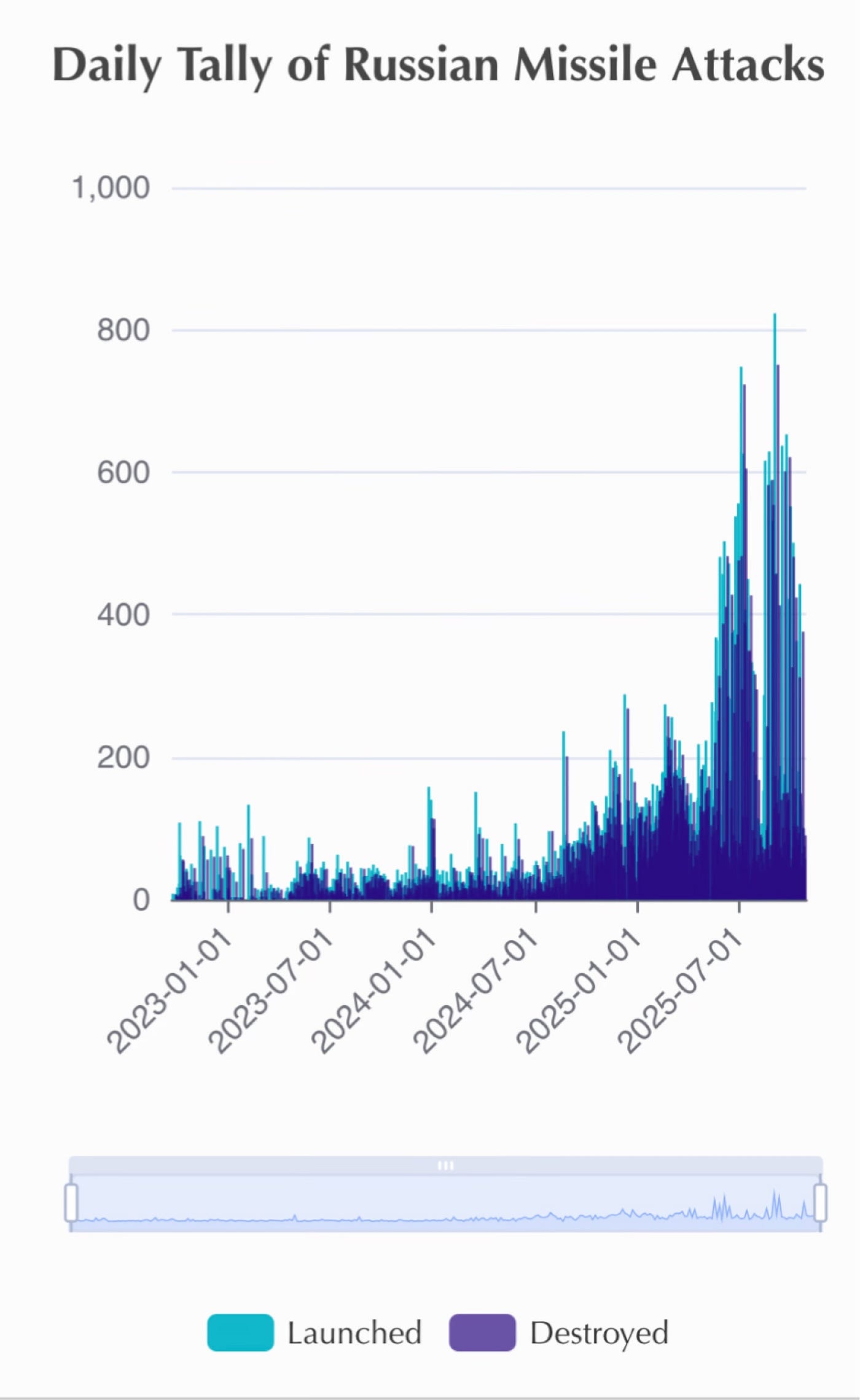
Certainly, other problems abound. Mutinies, for example, affect both Ukraine – where approximately 300,000 cases have been filed since 2022 for unexcused absence or desertion – and Russia, whose statistics were suppressed after the spectacular Wagnerite uprising. Recruitment, however, remains stable at 30,000 units per month on both sides. As the UkrainianGeneral Staff and the Office of the President have repeatedly reiterated (the last statement was issued just a few days ago), given these numbers, it’s clearthat a lack of manpower is not Ukraine’s main problem after four years of full-scale war. Analyses by the Dupuy Institute and the International Institute for Strategic Studies converge in indicating that, between land, air, and naval forces, Ukraine currently deploys approximately 575,000 troops (not counting Territorial Defense Forces and National Guard), compared to the 450,000 Russian troops deployed in Ukraine (594,000 including support forces). This proportion is evident from the field, and it is our duty to remind Ukraine’s partners that they can – and must – close the gap with Russia by providing it with what it truly needs: weapons.

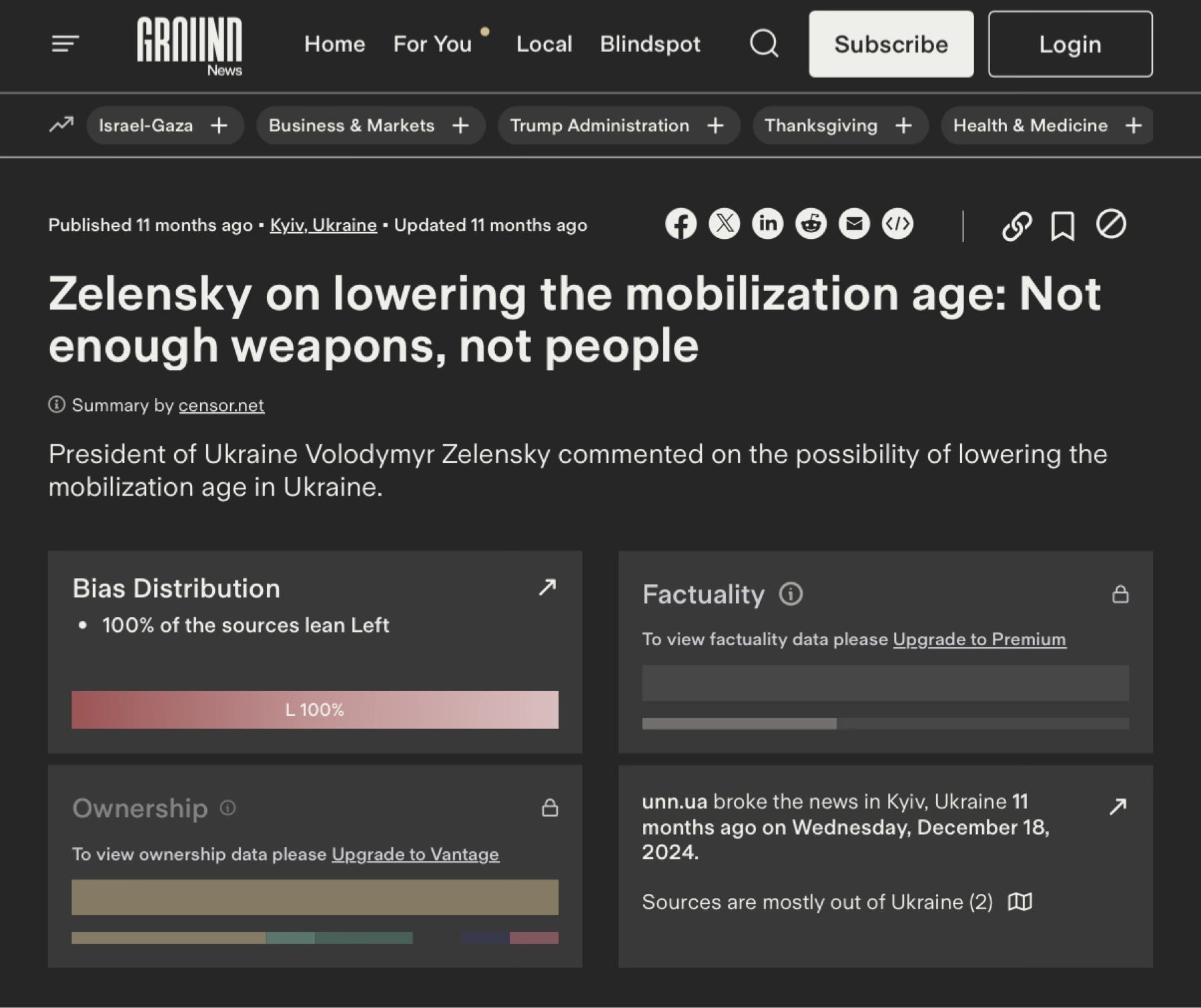
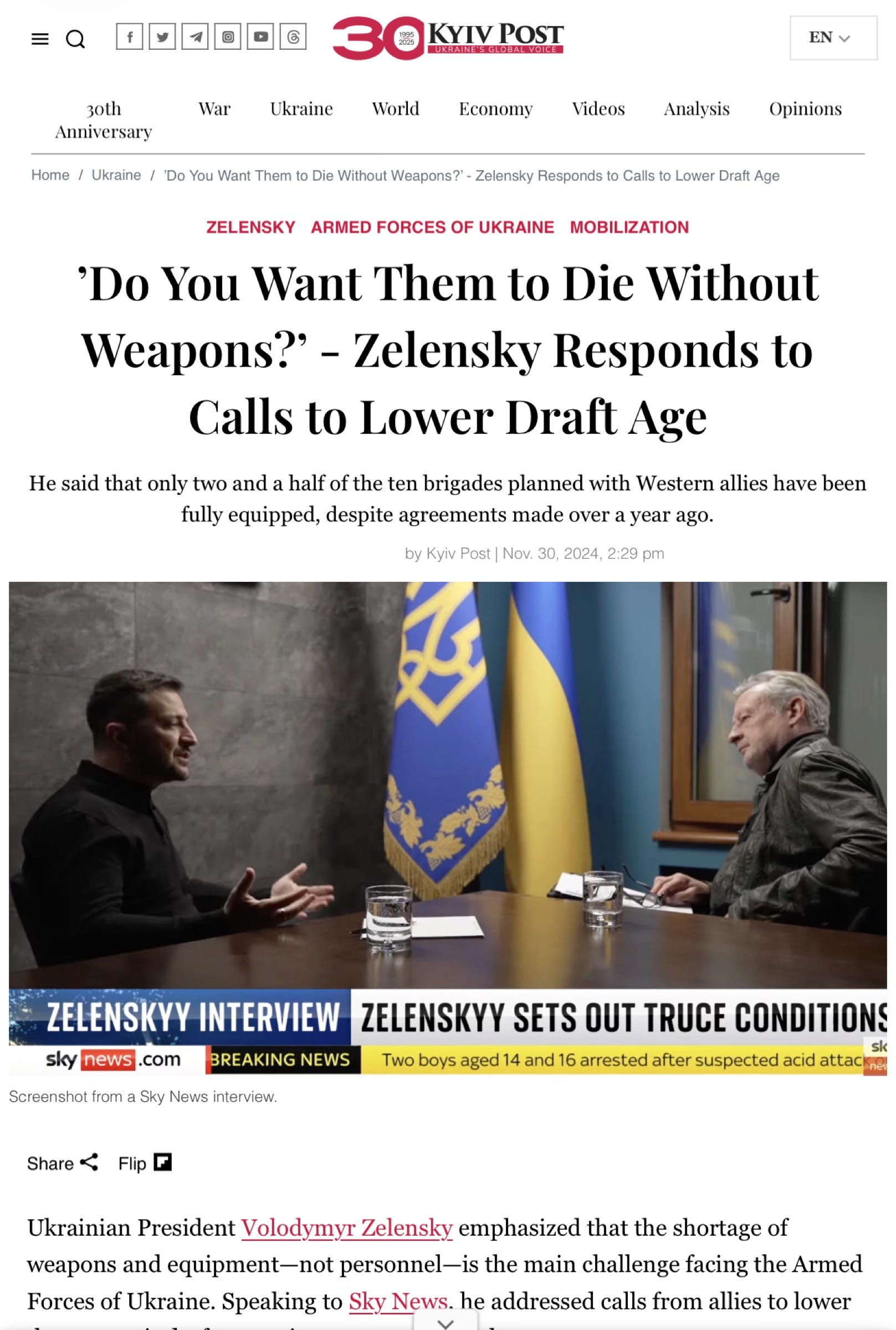
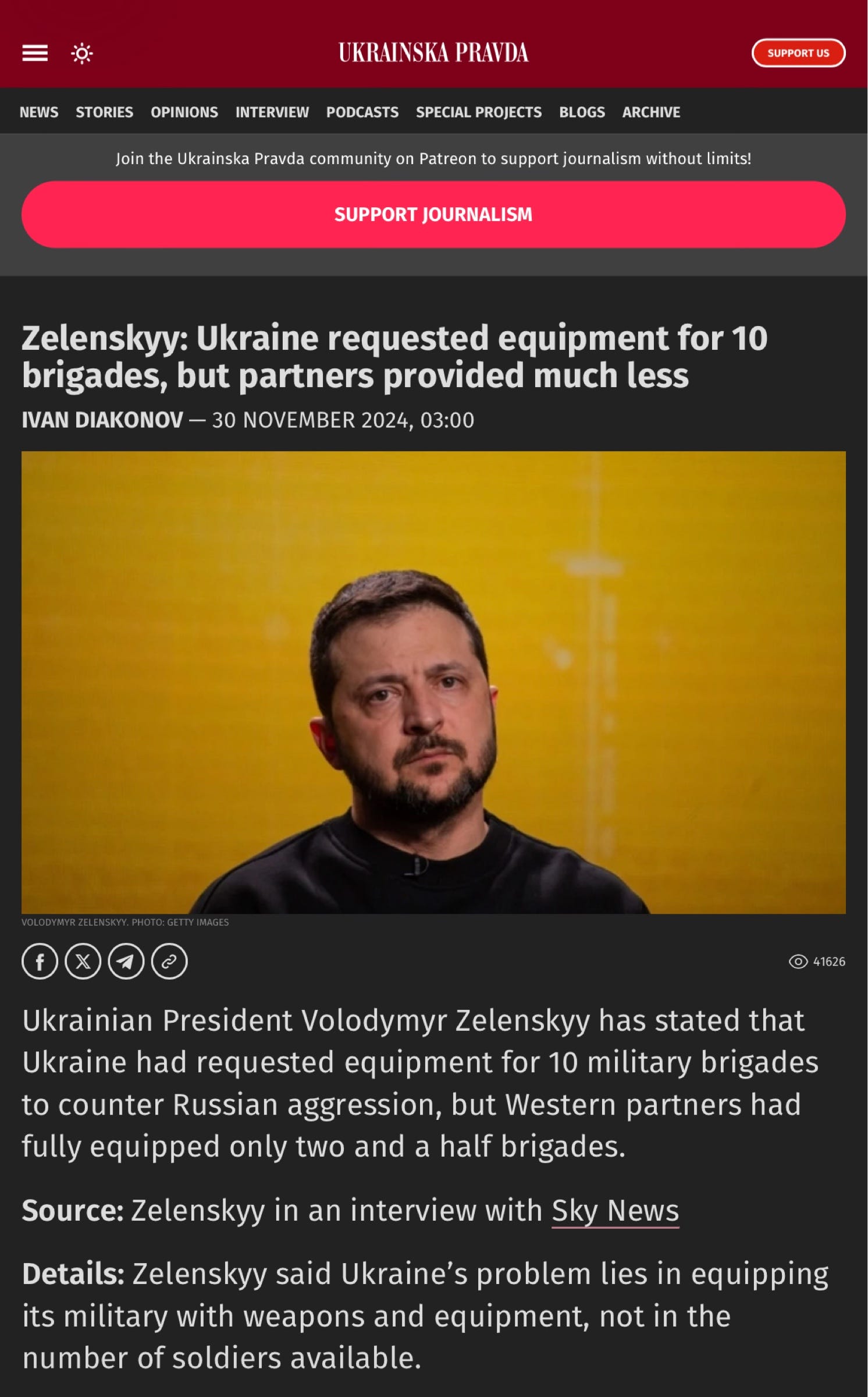
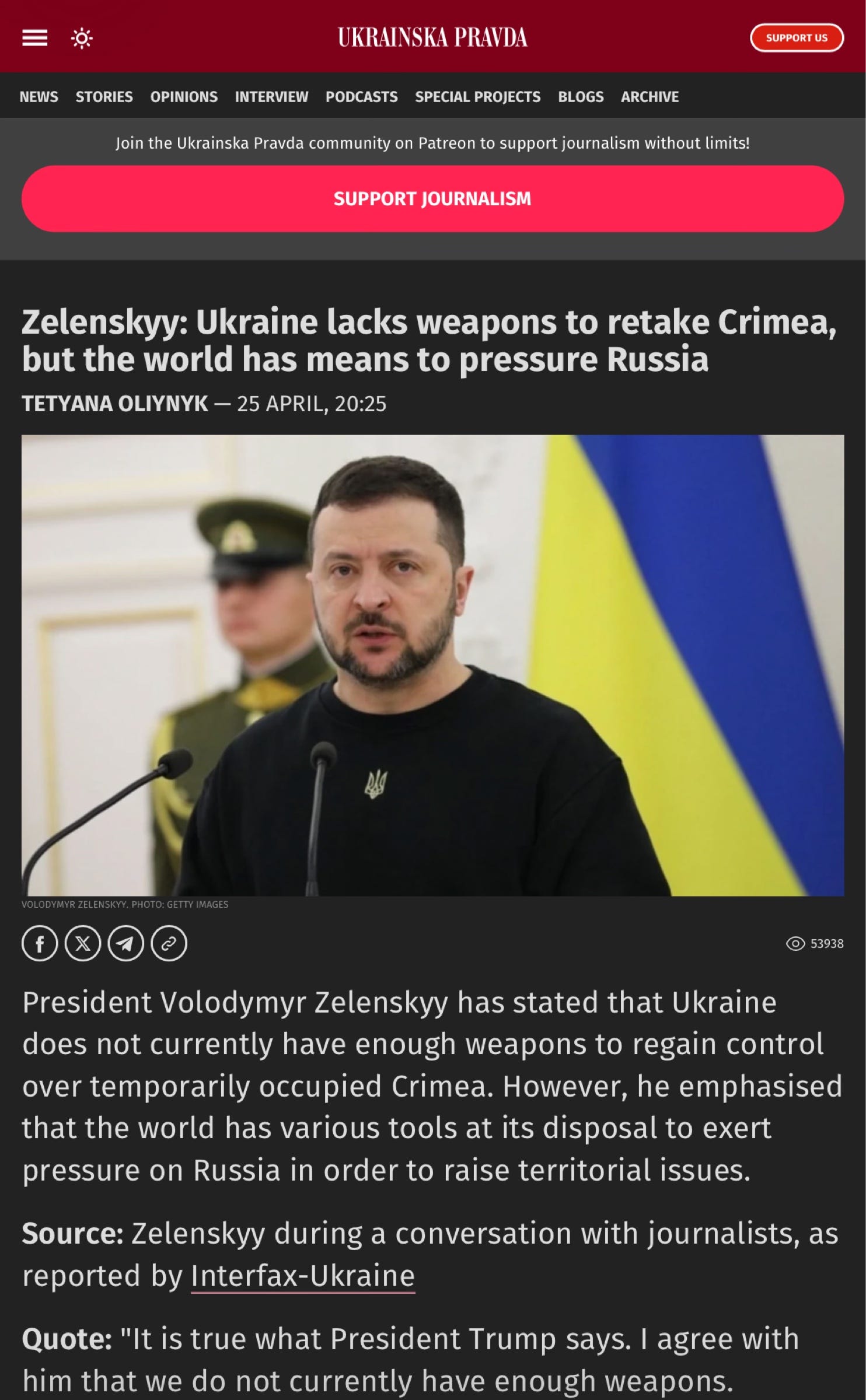
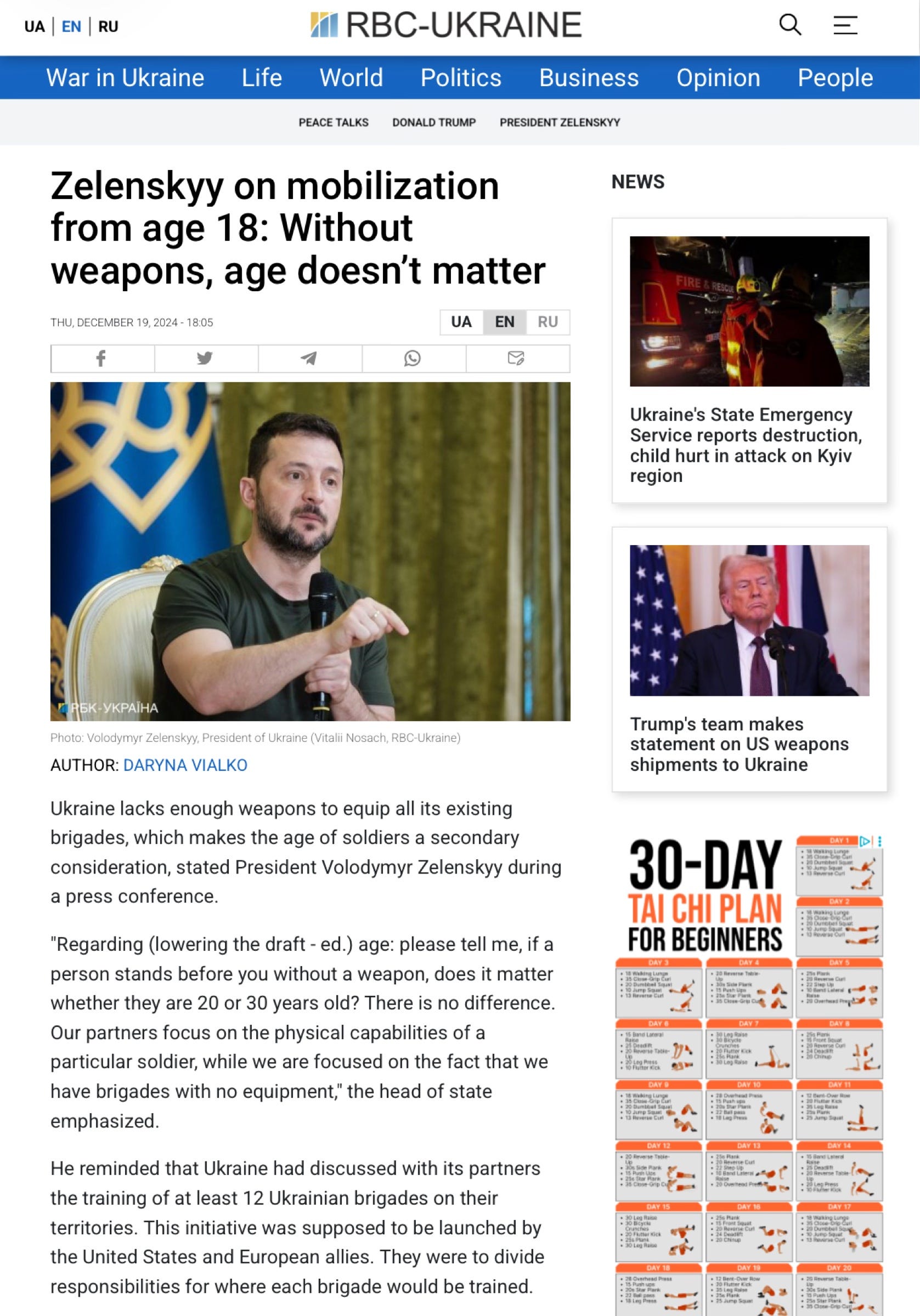




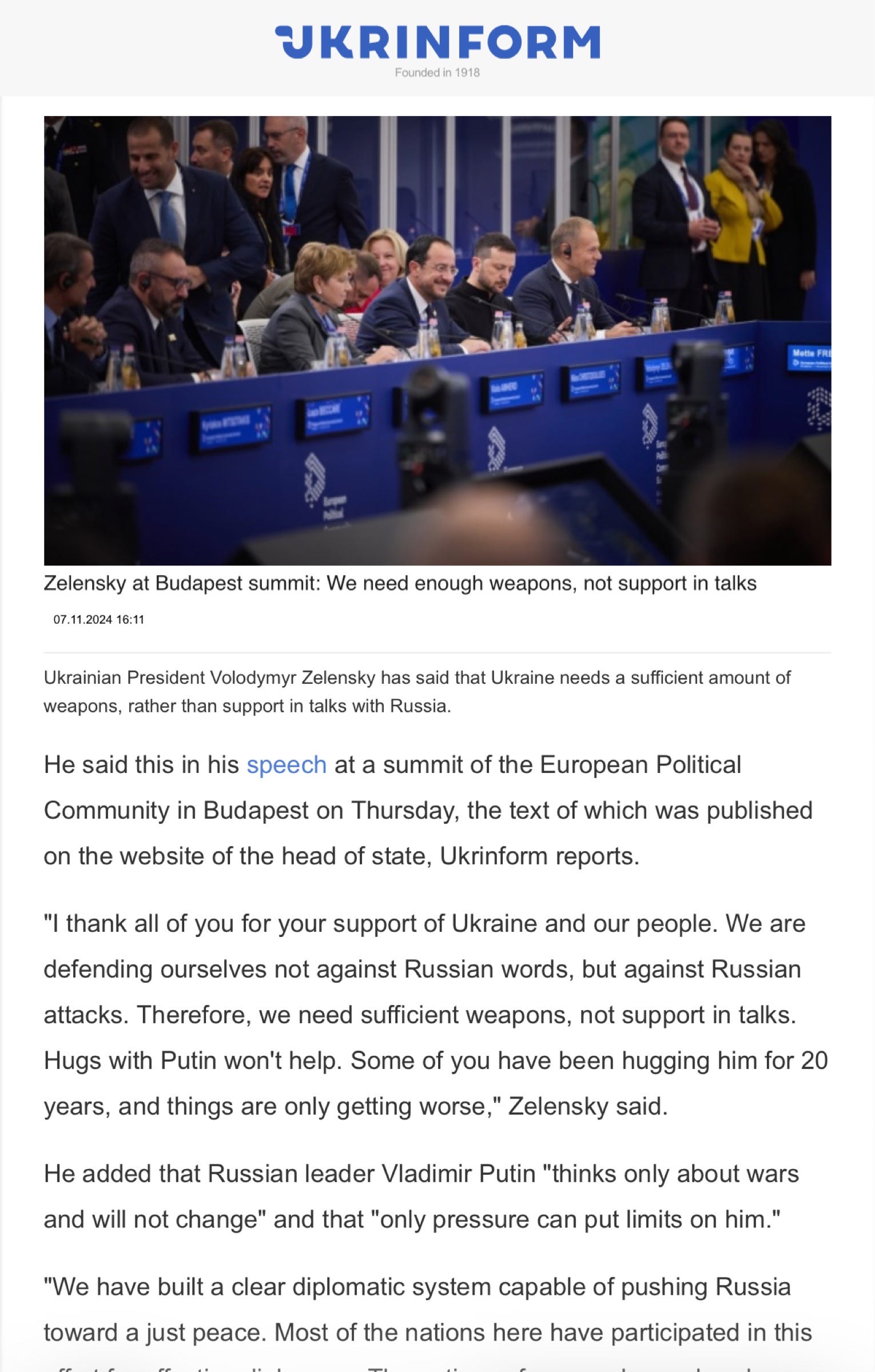

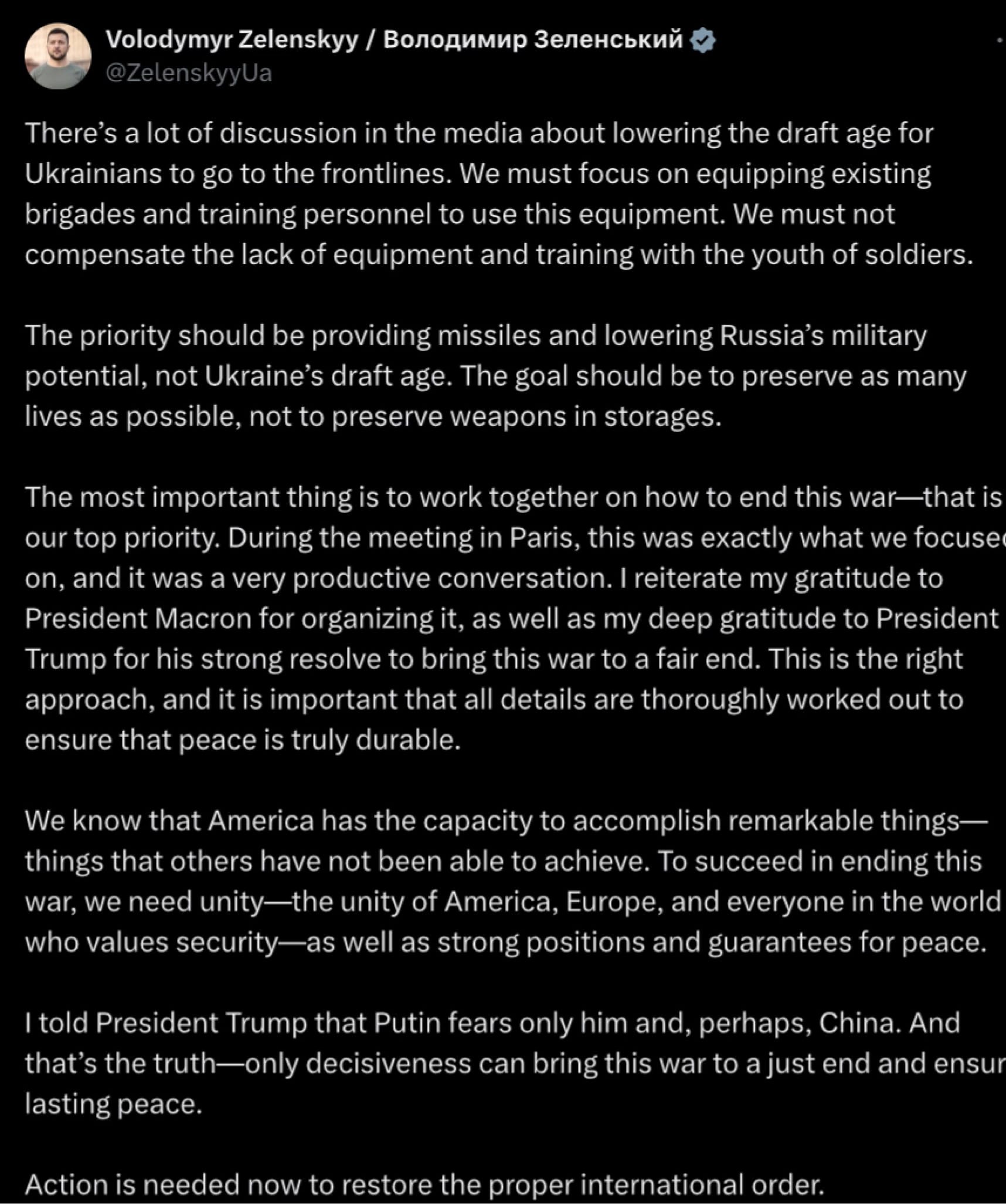
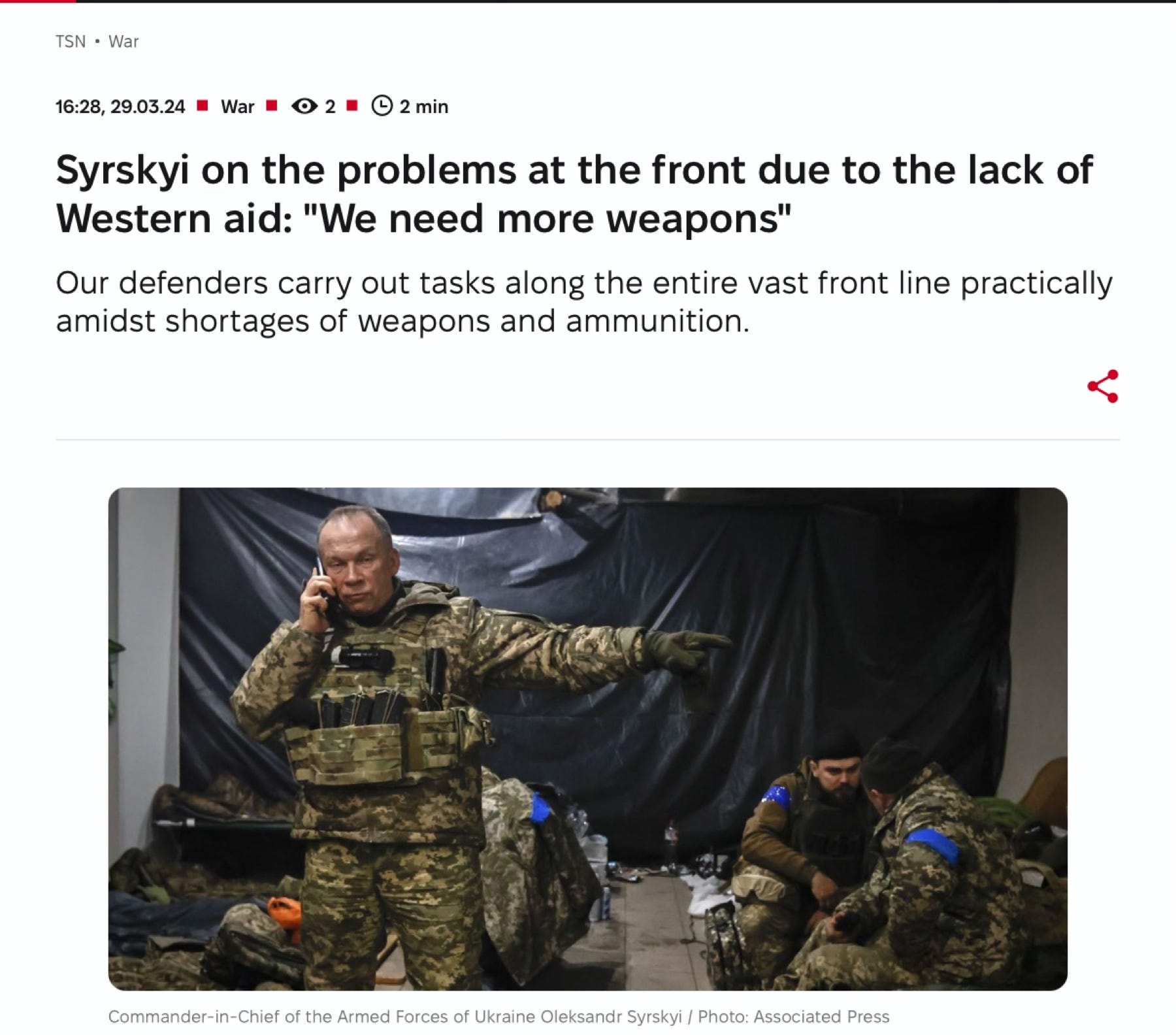

It is our duty from the field especially now that hostile forces are also pushing on the media front, inviting European governments to wash their hands of the matter to limit the problem to Kyiv (and consequently advising to extend its mobilization to the 18–24 age group) and attributing to the President of Ukraine – leader of its Resistance – and the Commander-in-Chief of its Armed Forces with blame and insults that should instead be directed at those who attack, invade, and threaten it from every possible front.
It is clear that a militarily strong Ukraine would also have a better chance at the negotiating table. Those who wish the best for Ukraine, that is, for Europe, should remember this.
THANKS TO ALL WHO BACK US IN THESE HARD TIMES
感谢所有在这些困难时期支持我们的人
帮助我们购买无人机探测器
在过去三年里,作为自由撰稿人,我们一直在乌克兰战争的所有前线进行报道,自从大规模……
https://www.paypal.com/pools/c/9kcYJAqQqQ
乌克兰急需武器
作者:Giorgio Provinciali
乌克兰前线报道
波克罗夫斯克地区——整个周末,俄军后方的炮火如此猛烈,以至于我们最终躲进了一个墓地壕沟。当时,俄军首先攻占了我们与第28旅第2机械化营士兵所在的阵地,然后又攻陷了我们与第95旅士兵转移后的阵地。目睹我们周围的几个小型掩体被炸毁,我们立刻跳进了这个偏僻村庄墓地里,为安放新棺材而挖的长壕沟。或者说,并非完全如此,最终,我们在那些十字架间捡回了一条命。
(图:从坟墓中举起第28旅第2机械化营的旗帜——版权所有,Giorgio Provinciali)
反炮兵火力的问题——更普遍而言,乌克兰军队长期面临的步兵和常规弹药严重短缺的问题,至今仍是最严峻的。尤其是在这些秋日渐短的时节,浓雾和初雪使得能见度大受影响。乌克兰武装部队通信部门证实了我们实地获得的信息,并提供了有力的证据:自2025年初以来,俄军平均每天发射约27,000发炮弹,而乌方仅为15,000发。得益于朝鲜等伙伴的巨大贡献,后者向莫斯科提供了数百万发炮弹——俄军在此领域的火力优势已达80%。甚至与战争的早期阶段相比,这一差距还缩小了。
事实上,2022年下半年,面对俄军每天2万次的炮击(在顿巴斯的数量甚至更高),乌军的回击仅为4,000至7,000次。2023年前六个月,俄军的日均炮火达到6万发,而乌军被迫维持极低的火力:正如我们在战地报道中指出,有时基辅发射量只是俄军的十分之一。到2024年8月,这一差距缩小到3:1,俄军每天发射4.4万发,而乌军仍维持惯常的1.5万发。
(图:我在一次俄军袭击后。现在乌克兰所有东部地区都在下雪——版权所有,Giorgio Provinciali)
持续多年的屠杀——期间乌克兰盟友未能提供与俄军所获供应相当的援助——已使局势变得危急。
为了弥补常规武器的短缺,乌克兰依赖于无人机。然而,尽管其无人机在技术和数量上优于俄方(中国制造)无人机,但它们在夜间会失效。在这些有利于破坏者和突袭者的条件下,俄军最近成功地将其浮桥和车辆向帕夫利夫卡移动,随后推进到乌斯佩尼夫卡,如今正逼近胡利亚伊波莱。当时,我们曾从东扎波罗热的同一地区向本报发回报道,并在此过程中,当与乌军车队一同行进时,观察到了FPV无人机的黑屏现象。
如果我们再加上缺乏中程和远程系统的短程武器,就会更清楚地看到西方撤离如何加剧了困扰乌克兰的核心问题:武器。乌克兰总参谋部证实,仅昨日一天,俄军就对该地区及其后方进行了42次空袭,投掷了101枚精确制导航空炸弹。若加上沿前线的其他突袭,这导致了162次突破尝试。
自2022年以来,俄军已投掷了33,000枚炸弹,每枚重250至3,000公斤不等。根据战略与国际研究中心(CSIS)的数据,仅在战争的头两年,俄军就发射了超过11,000枚弹道导弹和巡航导弹。另一方面,高爆无人机数量则稳定在每晚接近五百架。乌克兰在这方面的统计数据则明显低得多,弹道导弹甚至为零。
(图:战略与国际研究中心(CSIS)的这张图表戏剧性地说明了当前局势——数据和图表由战略与国际研究中心(CSIS)提供)
当然,其他问题也层出不穷。例如,哗变影响着乌克兰——自2022年以来,乌克兰已立案约30万起擅离职守或逃兵案例——以及俄罗斯,其相关统计数据在瓦格纳叛乱后被压制。然而,双方每月征兵人数均稳定在30,000人左右。正如乌克兰总参谋部和总统办公室反复重申的(最新声明就在几天前发布),鉴于这些数字,很明显,在经历了四年全面战争之后,兵力短缺并非乌克兰面临的主要问题。杜普伊研究所和国际战略研究所的分析一致表明,乌克兰目前在陆海空三军共部署约575,000名部队(不包括国土防御部和国民警卫队),而俄罗斯在乌克兰部署的部队为450,000名(若计入支援部队则为594,000名)。这种比例从前线来看是显而易见的,我们有责任提醒乌克兰的盟友,他们能够——也必须——通过提供乌克兰真正需要的东西:武器,来缩小与俄罗斯的差距。
我们有责任从前线发声,尤其是在当前敌对势力也在媒体战线上施压,鼓动欧洲各国政府自此袖手旁观,将问题抛给基辅自己(并因此建议将其动员年龄扩大到18-24岁),并将本应指向那些从各方面攻击、入侵和威胁乌克兰的敌人的指责和侮辱,归咎于乌克兰总统——其抵抗运动的领导人——以及其武装部队总司令。
很明显,一个军事强大的乌克兰,在谈判桌上也会拥有更好的机会。那些希望乌克兰好,也就是希望欧洲好的人,应该记住这一点。
